 The CE mark will enable Feedback to market not just to scientists, but radiologists everywhere, which should lead to a marked expansion in sales.
The CE mark will enable Feedback to market not just to scientists, but radiologists everywhere, which should lead to a marked expansion in sales.
Dr Alastair Riddell’s CV reveals a high-flying career with the forerunners of what are now GE Healthcare, Johnson & Johnson and Pfizer, followed by spells guiding businesses to IPO or trade sale.
So, what attracted him to the challenge of Feedback plc (LON:FDBK), an AIM-listed medical imaging firm worth less than £9mln?
“The persistence of Tom Charlton, who would not give me any peace until I said yes,” jokes Riddell.
Charlton is one of Feedback’s major shareholders who recruited the Riddell as chairman.
However, Riddell’s mind was actually made up by cold hard data that underscored the potential of its main product, TexRAD.
“When I went to Cambridge and spoke to the people who do the work there it became clear there was real potential in this,” he told Proactive Investors.
“What really convinced me was a small study they’d done.”
Before we get to that study, it is worth getting a feel for TexRAD does.
It was the brainchild of the PhD of Dr Balaji Ganeshan, an expert on textural analysis of images gleaned from computed tomography (CT) scans.
Distilled down to the basics, it is essentially a very smart piece of software that analyses medical images, to reveal features that are not always evident to the human eye.
In doing so, it may “in a very statistical, objective and numerical way relate the output to a prognosis for the patient”, says Riddell.
Ganeshan carried out a study of patients with liver cancer using TexRAD and the results were, in the words of the Feedback chairman, “quite remarkable”.
“It quickly dawned on me that this could be a really valuable objective tool for giving an accurate prognosis,” he adds.
Riddell was announced as chairman in June 2016, and the focus has been on getting Feedback on to a commercial footing.
In April 2017 the company raised £750,000, issuing shares at 2.75p a pop, to invest in product development plus sales & marketing – mostly for TexRAD.
The fund-raising came in the wake of a breakthrough deal at the end of March that should see its TexRAD Lung product available on the diagnostic imaging platform of a leading global imaging company.
Feedback is already making money from TexRAD with sales to institutions carrying out research, but the promised land is filled with deals such as the TexRAD Lung partnership.
To fully commercialise the TexRAD product it must be granted a CE Mark, European certification for the technology.
It was on track to get this by the end of May 2017 but then it identified several new enhancements that will improve performance.
While that is good news, the discoveries mean that the award of the CE mark will be delayed “by several weeks”.
When it gets the thumbs-up from the EU, the mark will enable it to sell TexRAD to hospitals, where it will lend numerical support to the very skilled, interpretative work carried out by radiologists.
Meanwhile, a tie-up with a company in Poland called Future Processing provides Feedback with the coding know-how to develop a wider product suite.
Sales of the current product, though modest, reveal there is demand from a very specialist audience in the research sphere.
It means the technology is being cited in literature by some of the leading centres for cancer research – providing a great endorsement of the TexRAD from key opinion leaders.
In fact, the technology is also starting to make an impression with businesses operating in the field.
“My view is at the moment we are far too small and far too young to be engaged in corporate discussion,” says Riddell.
“But, if we can grow sales the way I hope we can grow them, then in two or three years we might look differently at these corporate approaches.”
In the meantime, it is about “investing in the company and doing things to a particular standard”, the Feedback chairman says.
“Of course, the next milestone will be getting the CE Mark for TexRAD,” he adds.
“This will enable us to market not just to scientists, but radiologists everywhere, which should lead to a marked expansion in sales.”
Read the full article on the Proactive Investors website here
